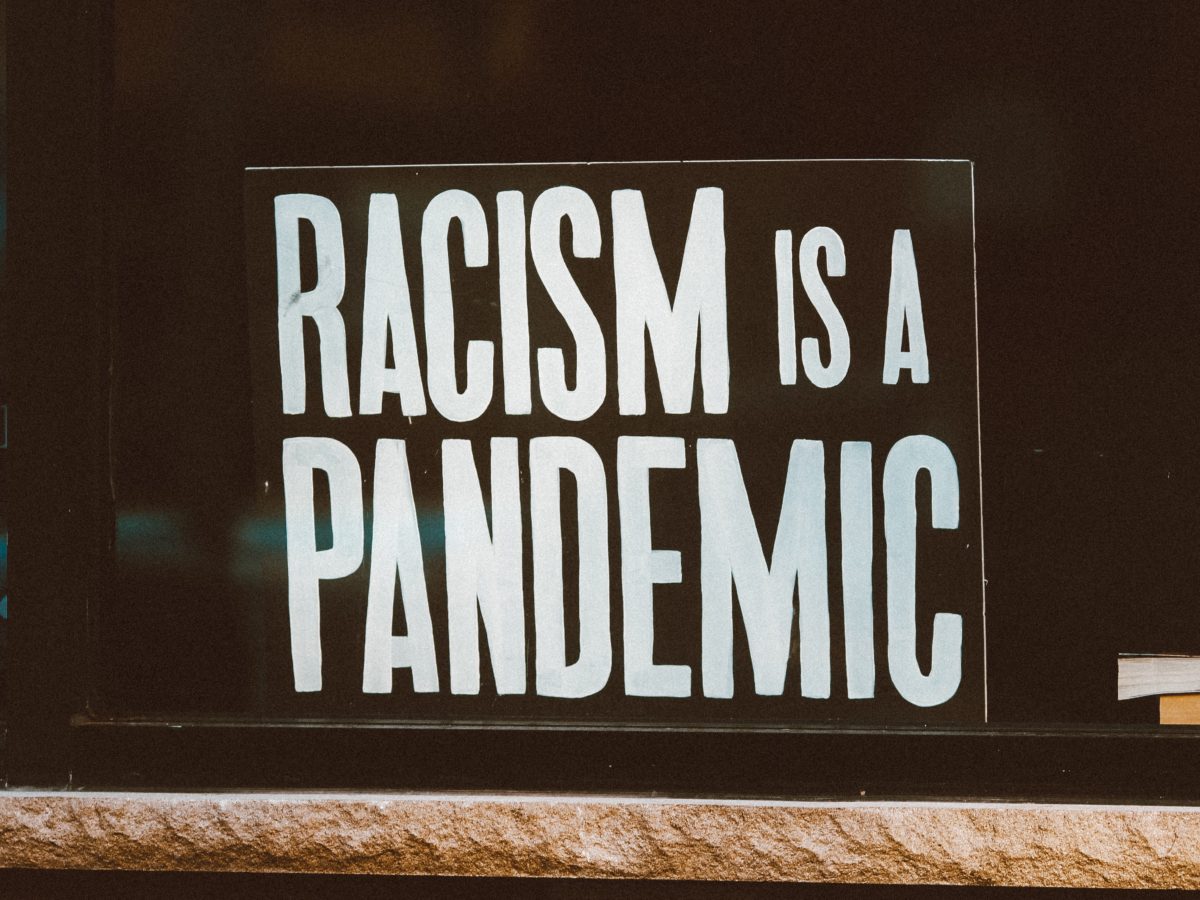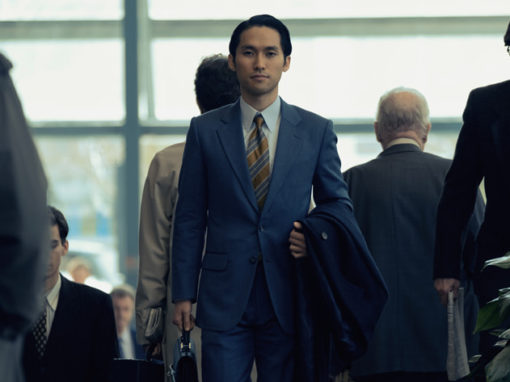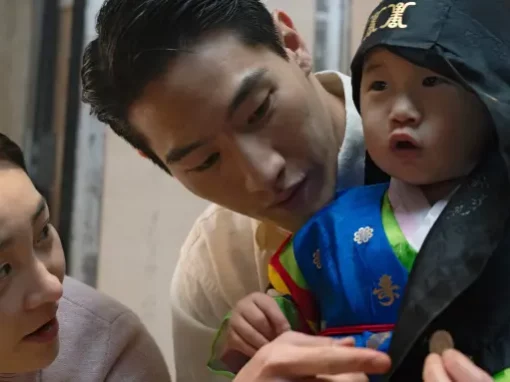Sakasai Akito ruminates on Pachinko and social unrest
Korean-American author Min Jin Lee’s Pachinko has achieved enormous popularity among English-language readers since its publication in 2017. The first novel written in English on the Zainichi community, Pachinko follows a family of Koreans in Japan across four generations. The book was a bestseller in the United States and won numerous awards, including being named a finalist for the National Book Award in 2017. It was also translated into twenty-seven languages, including a Korean-language translation released in March 2018. However, it was not until July 2020, in the midst of the COVID-19 pandemic, that the novel reached a Japanese audience via Ikeda Makiko’s translation.
That year, in Japan as in the United States, inequities in pandemic policy measures brought structural racism to the fore. In early March 2020, public schools were shuttered across Japan in what then-prime minister Abe Shinzō called a “pivotal moment” for countering the virus. During the school closures, the city of Saitama made news for excluding the local Korean school from a program that distributed masks to the kindergartens and daycares that remained open. In response to criticism, Saitama eventually reversed course and sent masks to the Korean school. However, the city government neither apologized nor admitted fault, saying only that the policy “had no discriminatory intent.”
In a July 2020 interview, novelist Murakami Haruki expressed the following misgivings about the deadly combination of entrenched discrimination and moments of catastrophe:
haruki murakami, Mainichi shinbum interview
The specter of the Kantō massacres, in which thousands of ethnic Koreans and others were murdered, has haunted the affected communities for nearly 100 years. They are forced to wonder whether such a thing could happen again, particularly in the aftermath of a disaster. At present, when Tokyo has recently reelected a mayor who chose to halt the practice of issuing a message of mourning to the victims of the massacre, this anxiety is not altogether unfounded. Systemic racism, left unchecked, needs only the right opportunity to explode into violence. There is no shortage of examples of this, not only in Japan but across the globe. This is our reality.
The brilliance of Pachinko lies in Lee’s ability to narrate, with nuance and sensitivity, the impingement of this reality on the everyday lives of her characters. The novel spans the years 1910 to 1989, which encompass much of the turbulent history between Japan and the Korean peninsula. The protagonists confront Korea’s colonization by the Japanese empire, the March First Movement, the “liberation” and subsequent division of the peninsula, American occupation, and the explosive economic growth that coincided with the Korean War and continued throughout the Cold War era. Regardless of whether the characters in the novel consider themselves political, they find themselves at the mercy of these epoch-making historical events. More than anything, the lives of the protagonists are impacted by the deeply entrenched structural and institutional discrimination against Zainichi Koreans within Japanese society. Pachinko deftly weaves together the perspectives of daughters, wives, husbands, mothers, fathers, sons, and grandmothers into a story of a generational struggle to survive in a foreign land.
Through such a variety of perspectives, it becomes clear that the lived experience of this community cannot be grasped through the lens of race or nation alone. The protagonists of the novel are often exposed to biased viewpoints that would lump together all Koreans or all Zainichi according to stereotypes. Despite this, these characters scrupulously avoid painting their own community or that of the Japanese with a broad brush. The result is a story that manages to avoid reductively pitting Japan versus Korea. Lee seems to grasp the fact that this kind of dichotomous thinking can only further marginalize those already marginalized by such binaries. Careful readers of the novel would be unlikely to miss this message. The question is whether Japanese readers are open to such a possibility.
Japanese critics and readers in general need to understand the context of the novel in order to avoid fruitlessly interpreting it through a rigid Japan-versus-Korea framework. An important part of that context is the novel’s positioning within a larger movement in North America and other English-speaking areas toward narrativizing and historicizing the experiences of minority families. Even if we consider only representations of Asian-Americans, there are countless examples. The 2013 novel Crazy Rich Asians by Kevin Kwan (who immigrated to the United States from Singapore) was adapted into an internationally successful film in 2018. (Notably, the film was released in Japan under the title Crazy Rich, thus whitewashing a crucial aspect of the film, that it represents Asians.) The ABC sitcom Fresh Off the Boat (2015- ) offers a retrospective look at the Taiwanese-American Huang family running a steakhouse in the 1990s. The 2019 film The Farewell, starring Asian-American rapper Awkwafina, revolves around a clash of cultural attitudes toward death between the second-generation immigrant protagonist and the rest of her Chinese family. Awkwafina won a Golden Globe for Best Actress for her performance. Hawaii Five-0 (2010-20) and Netflix’s Tigertail (2020) could also be mentioned as part of this wave. In addition to these examples from popular culture, many recent literary awards in the United States have shortlisted Asian-American authors (including, of course, Min Jin Lee).
This trend toward more diverse representation in the arts, fashion, entertainment and other industries cannot be separated from broader movements sparked by the #BlackLivesMatter and #MeToo hashtag campaigns in 2013, as well as the looming sense of crisis brought about by the 2016 election of Donald Trump and the resurgence of the far-right. Lee said herself in an interview that part of the novel’s appeal to American readers in 2017 was due to the fact that they were witnessing a lack of understanding and empathy toward others, made especially clear in Trump’s America. As if to confirm the author’s own positioning of her novel in this context, former president Barack Obama recommended the book on social media in May 2019. Obama called the novel “a powerful story about resilience and compassion.” The hashtag #BlackLivesMatter would not have been out of place in this post.
For Japanese readers encountering this 2017 novel in 2020, with a time lag of three years, obviously the context is different—but ultimately not so different. The laundry list of exclusionary policies and acts of hate that have occurred across the globe during the coronavirus pandemic, as well as the massive swell of resistance to structural racism reignited in the wake of George Floyd’s murder by Minnesota police, inevitably inform our reading of Pachinko.
In the novel, Paek Isak, on the brink of death after being tortured by the police, leaves the following words to his son Noa:
You are very brave, Noa. Much, much braver than me. Living every day in the presence of those who refuse to acknowledge your humanity takes great courage.
Pachinko 193
Who are “those who refuse to acknowledge [the] humanity” of Noa and others like him? Perhaps he is referring to each and every one of us. When we unconsciously think of ourselves as the standard, we cause harm to anyone who fails to conform. And in fact, I submit that we are aware of the harm that we cause. But because it is easier to pretend that it does not exist, we feign ignorance. After all, it is draining to do the work of recognizing this harm day after day. But people are dying as a result of our indifference. It is happening all over the world, even as we speak. Isn’t it time we found the courage to recognize this ugly side of ourselves? After all, it takes much less bravery on our part than the courage required to live under the yoke of discrimination.
Sakasai Akito is Associate Professor at University of Tokyo Graduate School of Arts and Sciences.
This review originally appeared in Gendai shisō as “Minjin Ri, ‘Pachinko’: Kōzōteki sabetsu to no tatakai to hon’yaku no jisa ni tsuite (Zainichi, korona, #BLM).” Gendai shisō 48, no. 11 (September 2020): 150–54. Trans. Cindi Textor.


